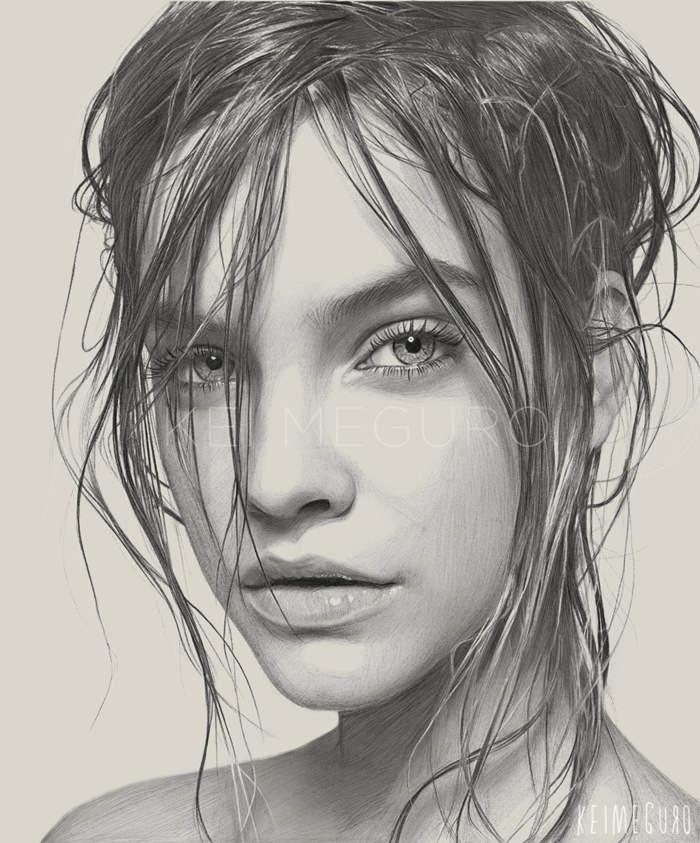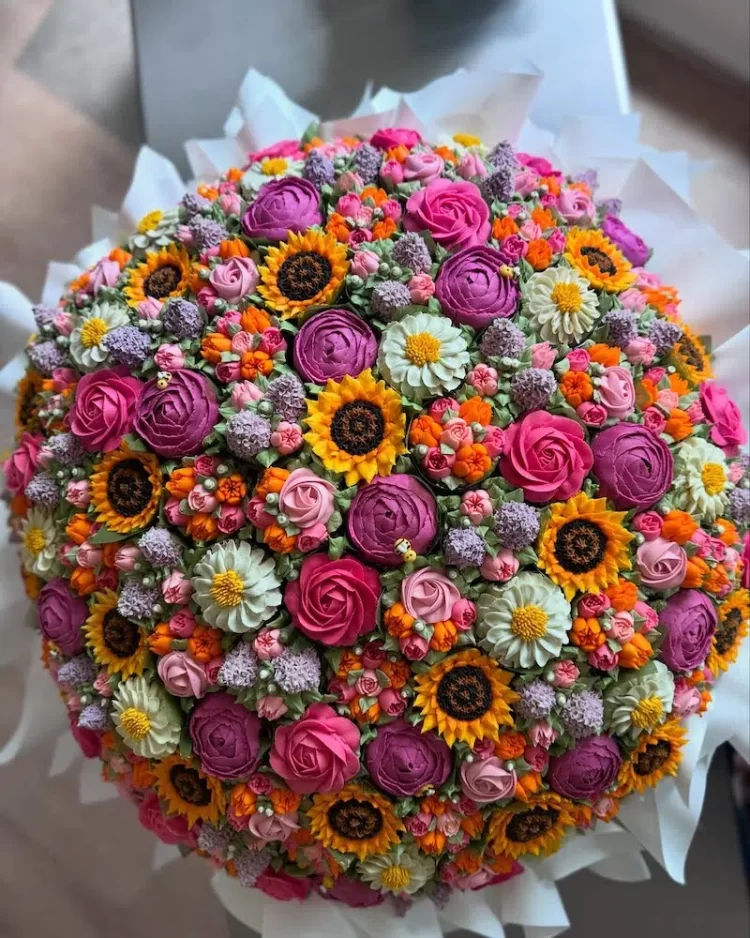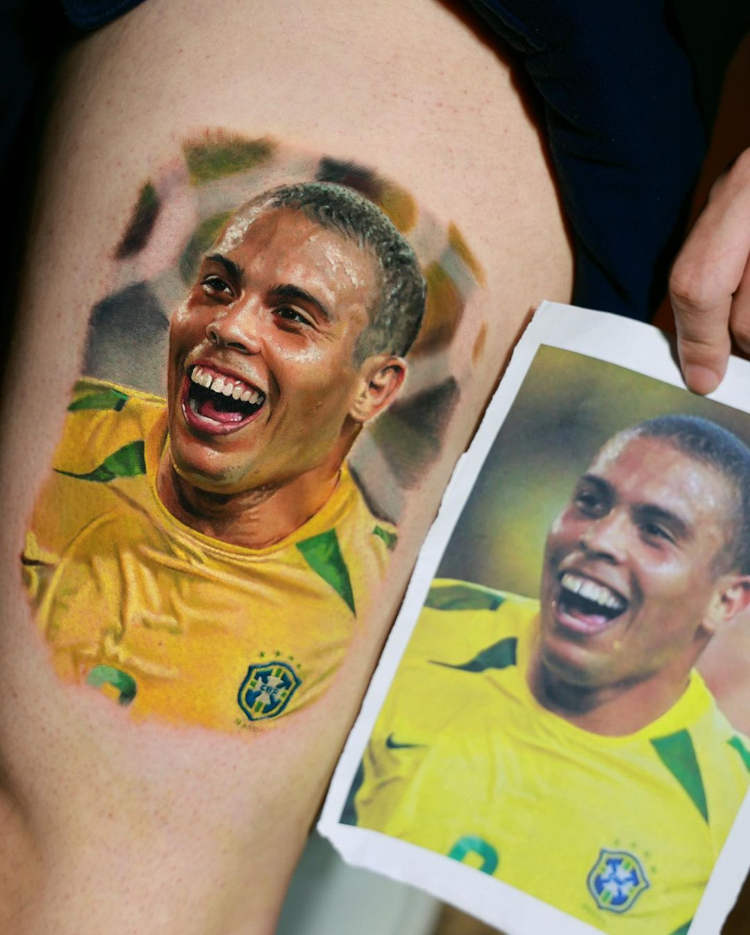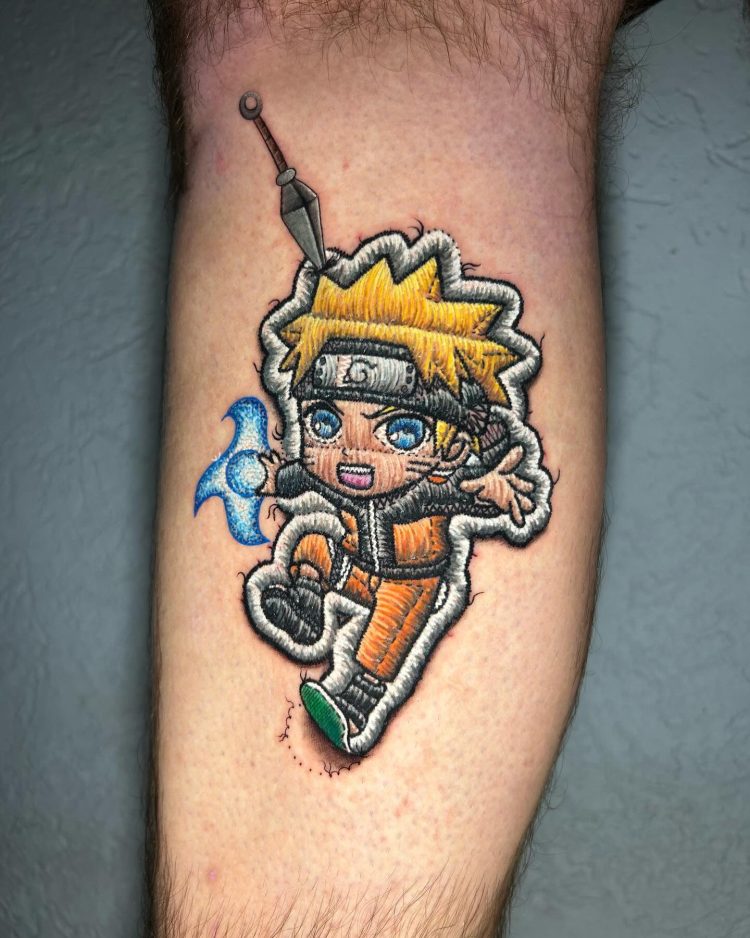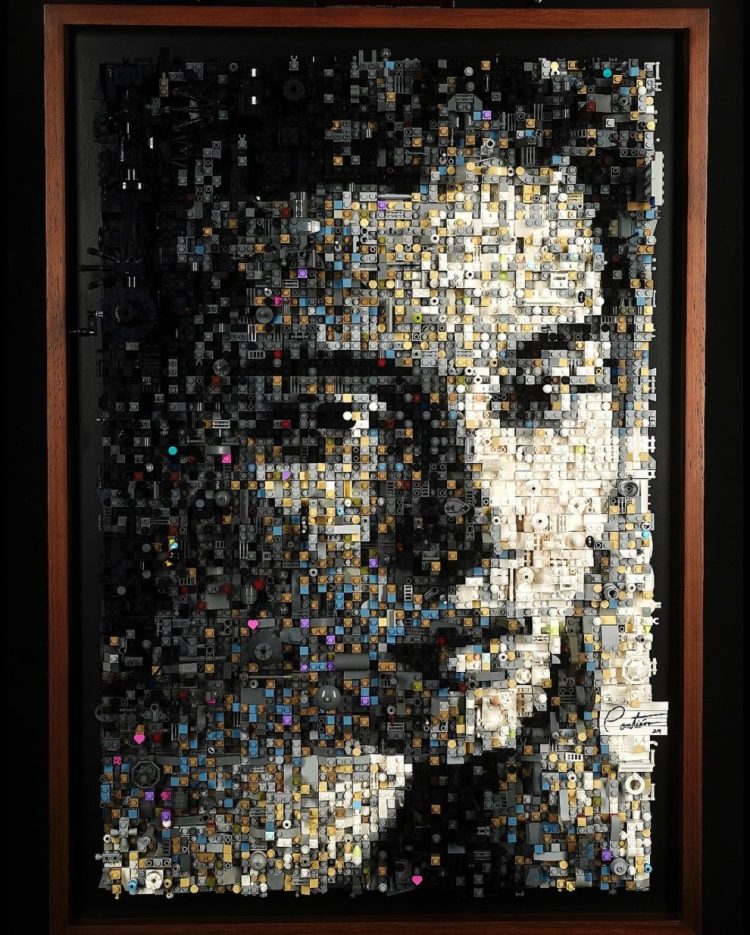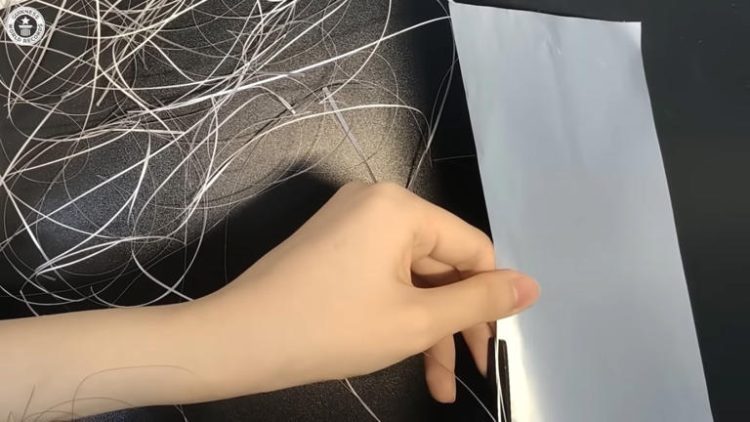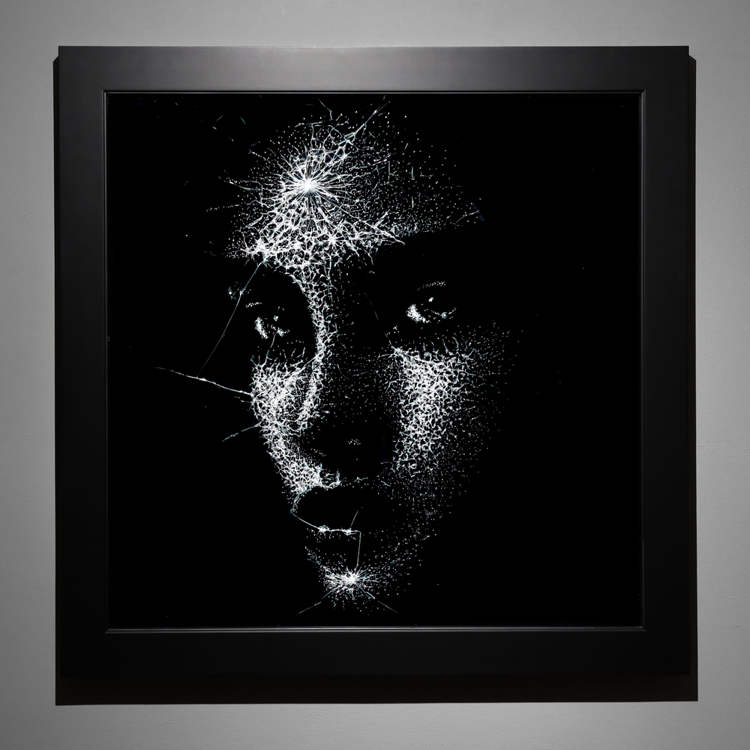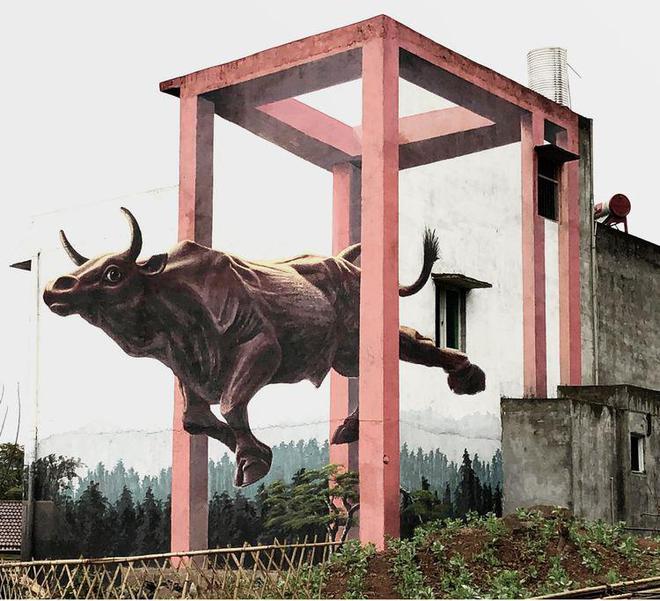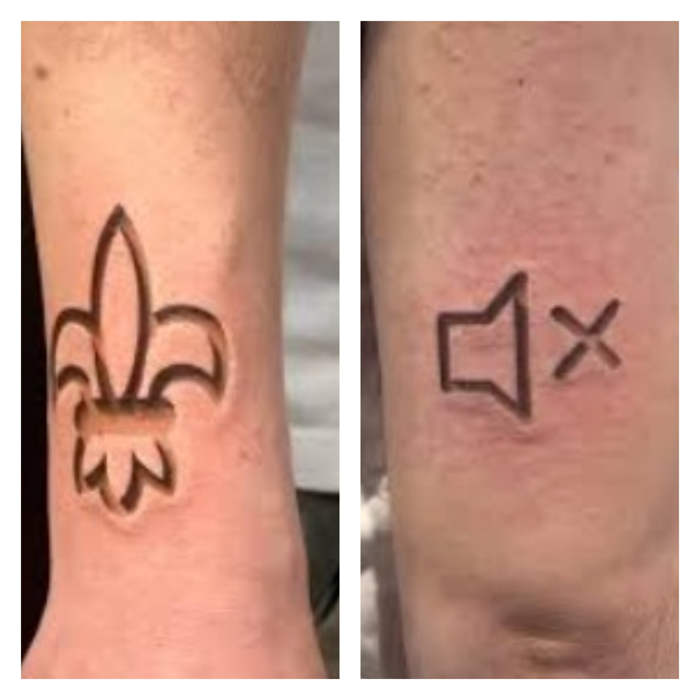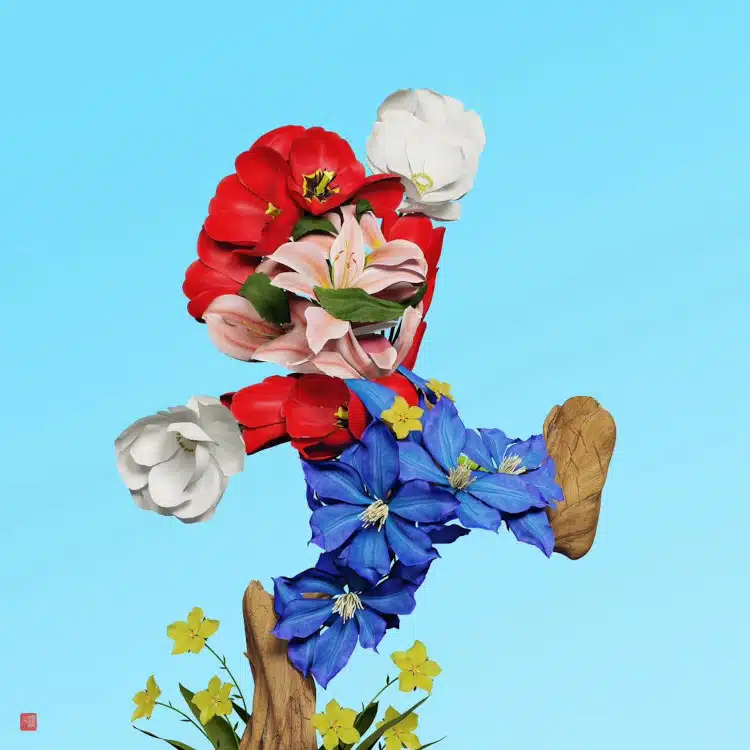A stonecutting workshop that set out to carry on the legacy of legendary Russian jeweler Peter Carl Fabergé has managed to raise the art of volumetric mosaic stone cutting to a level never reached before in all of human history.
Volumetric mosaic is one of the most complicated and technical hardstone carving techniques. It involves combining volumetric fragments of various colored semiprecious and ornamental stones to assemble impressive sculptural compositions. It has been practiced by Russian craftsmen and artisans for over a century, but Alexei Antonov’s stonecutting workshop in Yekaterinburg has elevated the art form to a whole new level, by incorporating precious metals in the detailed sculptures and using modern technology to make the artworks stunningly detailed.
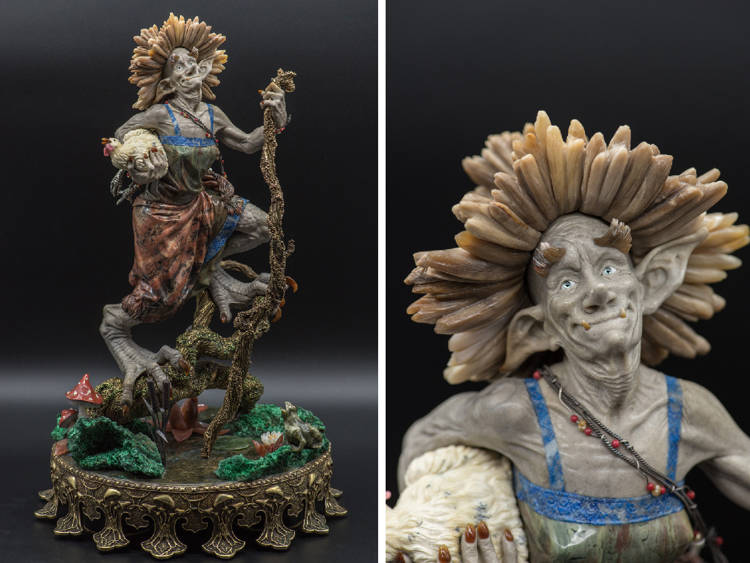
Photo: Alexei Antonov Stone-Cutting Workshop
“Initially, we wanted to revive the almost forgotten art of stone working, but over time, we realized that a lot had changed over these hundred-plus years,” Antonov told Russia Beyond. “If previously the scope of work was limited by the small size of an expensive stone, today we use technology that allows us to increase the volume of a figure while maintaining the exquisite workmanship.”
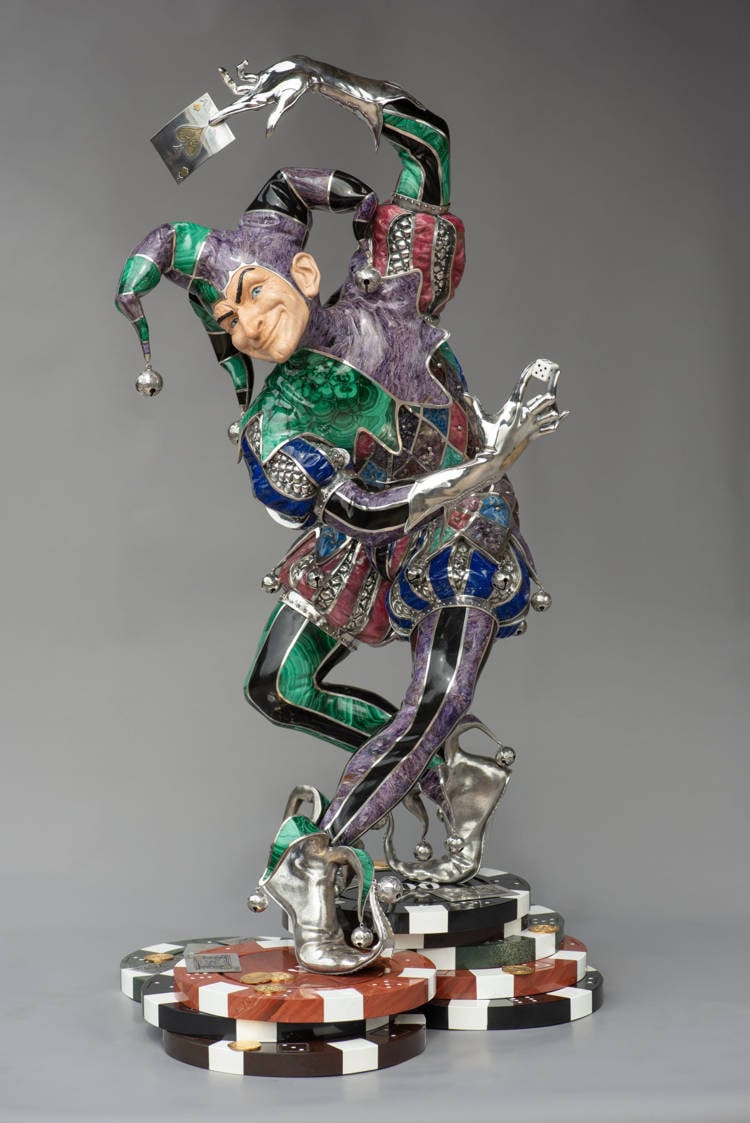
“Joker” (Photo: Alexei Antonov Stone-Cutting Workshop)
Volumetric mosaic stone cutting requires not only insane carving skills, but also a solid knowledge of hardstones and their properties. Fluorite, for example, has white bubbles inside, which makes it suitable for depicting waves and sea foam, whereas translucent agate is great for depicting water. These are only two examples, but the craftsmen at Alexei Antonov’s workshop have to know hundreds of different semiprecious and decorative stones.
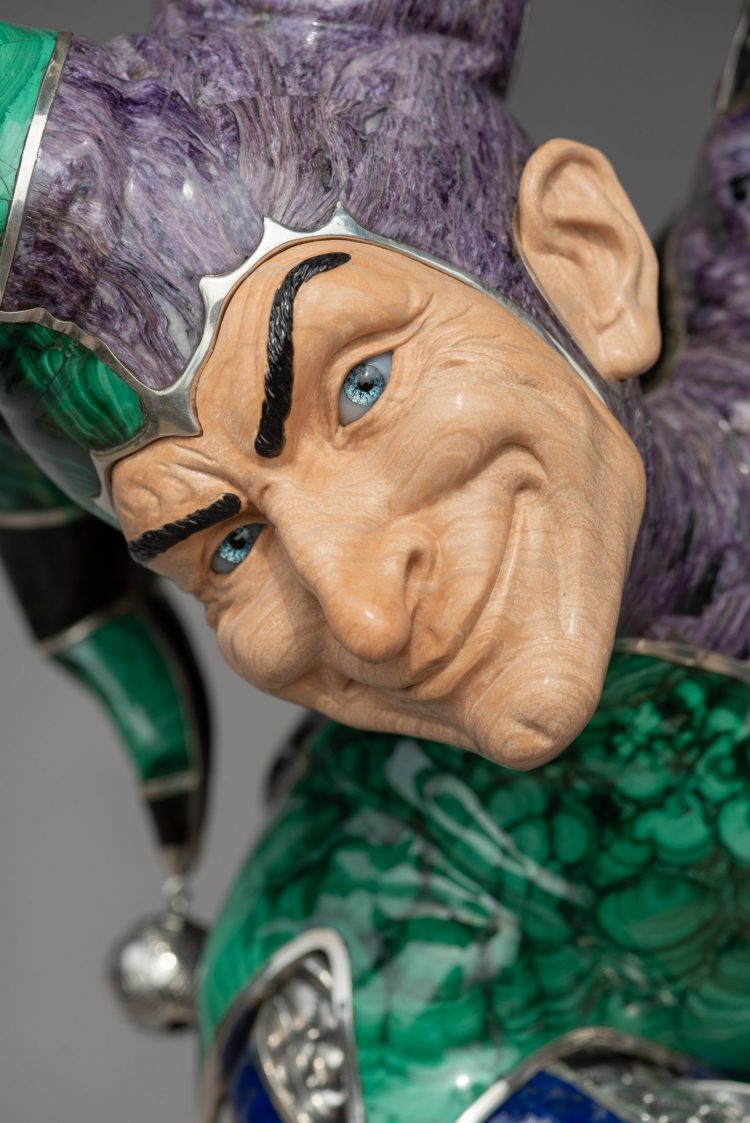
Photo: Alexei Antonov Stone-Cutting Workshop
But before artisans even touch the stone, they have to create mockups of the artwork they plan to create, which is a laborious process in itself. First the design is debated among a team of artists, after which a black and white sketch of the approved composition is created. Then a color version of the sketch is created, based on the color and texture of the gems that are going to be used to make it.

“Toreador” (Photo: Alexei Antonov Stone-Cutting Workshop”
After the design is settled upon, a 3D mock-up is created and then cast from plastic, with some parts attached to the body using magnets. In the past, an artist would make the mock-up by hand, from plasticine, but modern technology has simplified things. Now, an artisan can detach any part of the artwork to study, without disturbing the entire artwork.

Photo: Alexei Antonov Stone-Cutting Workshop
But while automation and technology have helped the artisans improve the preparation process, when it comes to actual stone cutting, everything is still done by hand. An Alexey Antonov himself explains, stone hides many secrets and can react in a variety of ways when interacted with, so the human “feel” still plays a major role in volumetric mosaic sculpture.
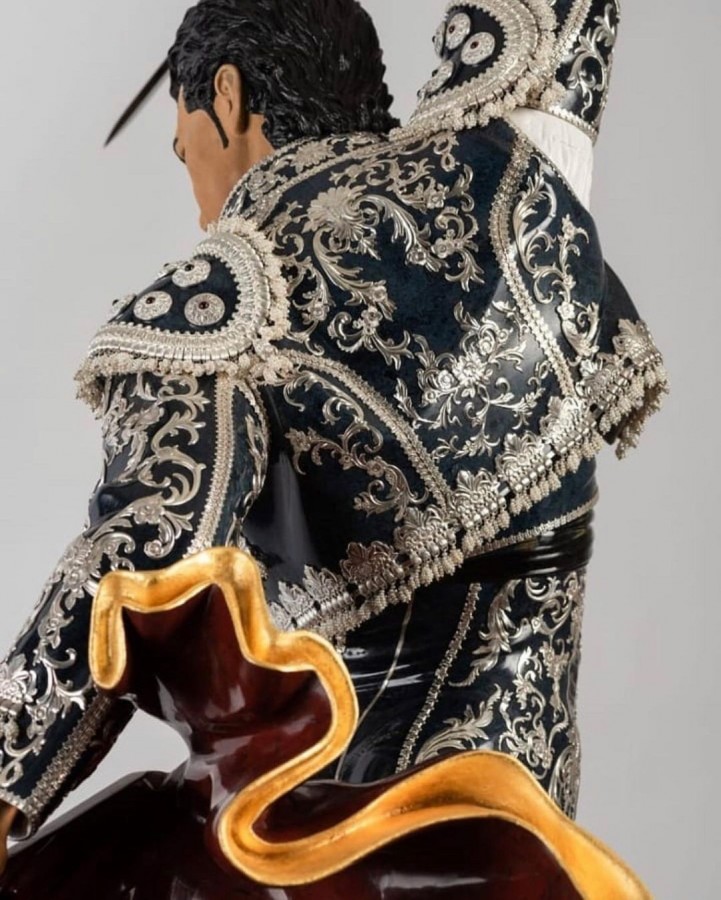
Photo: Alexei Antonov Stone-Cutting Workshop
“When you work with stone, there are always a lot of mysteries in it: It may crumble or turn out to be a different shade inside from what you expected,” the master hardstone carver said. “A stone is part of nature. It is alive. Top artisans listen to it, and it tells them what to do. That is why the work of a stonecutter will never become a mechanical process.”
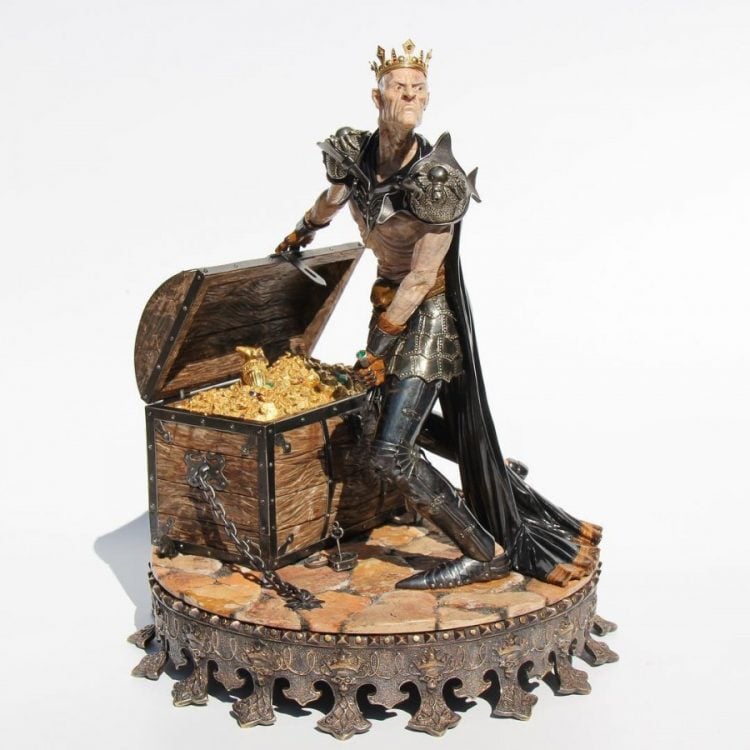
“Tsar Koschei the Deathless” (Photo: Alexei Antonov Stone-Cutting Workshop)
Antonov’s explanation may sound mystical and exaggerated, but there is truth in his words. For example, a stonecutter can go through a 100-150 kg stone slab in search of a single speck that meets their requirements, or highlights a certain detail in the sculpture. For example, the reddish scars on Tsar Koschei’s face and torso are not painted on, they are the natural coloring of the stone selected for this composition.
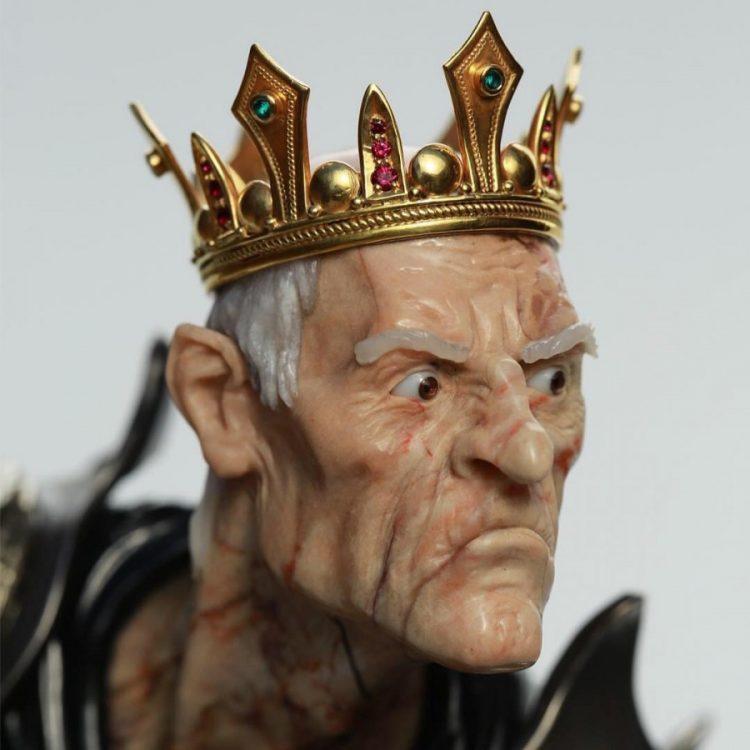
Photo: Alexei Antonov Stone-Cutting Workshop
To assemble a volumetric mosaic sculpture, each part is drilled through and mounted on a metal pin, which is later used to attach it to the rest of the composition. The artwork is then sent to a jeweler, who adds the necessary precious metal elements. It’s a laborious and time-consuming process, and depending on size and intricacy, a single composition can take a team of five or six artisans two or three years to complete.
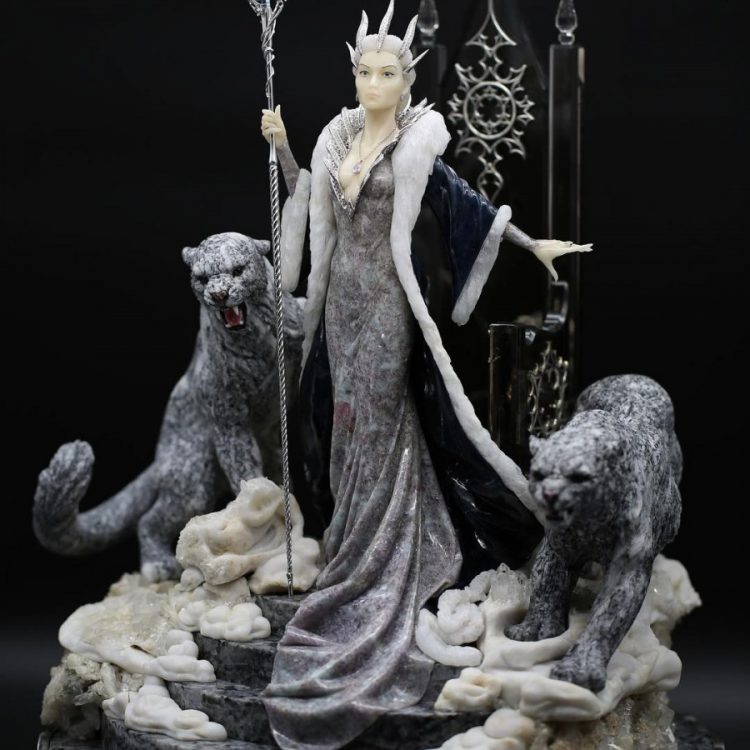
“The Snow Queen” (Photo: Alexei Antonov Stone-Cutting Workshop)
There is no room for error in volumetric mosaic stone cutting, every movement of the stone-cutter must be perfect. The cost of a single mistake can be starting anew from scratch, which is even harder than it sounds, because finding suitable slabs of stone for each composition is so important.
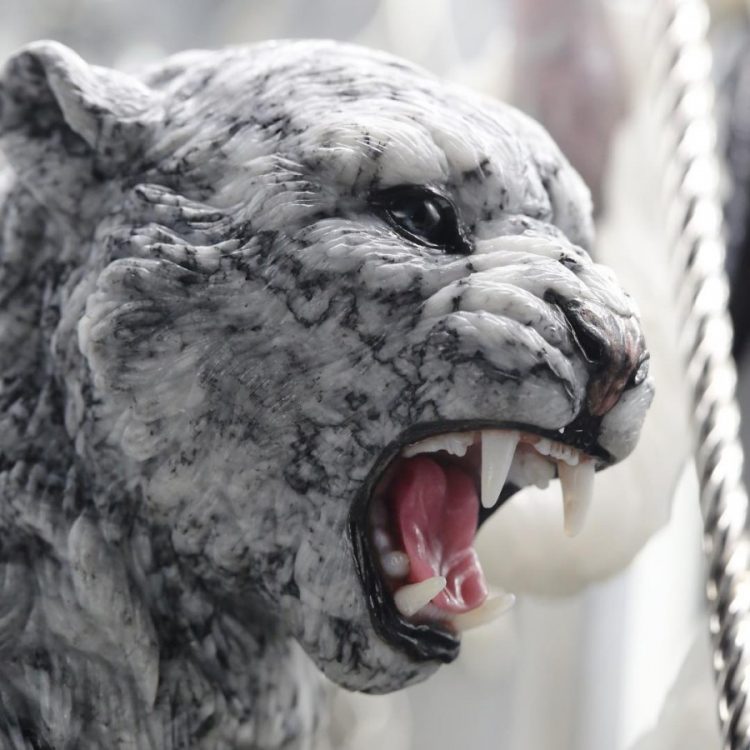
Photo: Alexei Antonov Stone-Cutting Workshop
Considering the time and effort that goes into creating these intricate stone marvels, it’s not surprising that the cost of owning one is prohibitive for most people. The smallest sculptures are about 23 cm tall and cans sell for up to $20,000. Mid-size works are about 30 cm tall, weigh between 15 and 20 kg, and can cost up to $100,000. The largest volumetric mosaic sculptures can reach a meter in height and 100 kg in weight. These cost up to a million dollars.
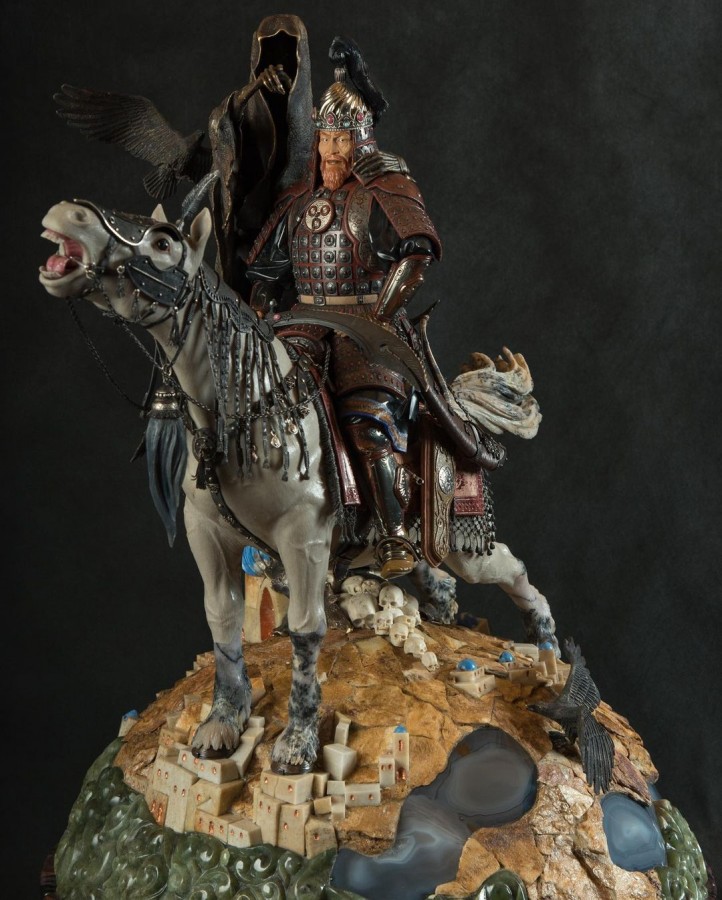
“Tamerlane” (Photo: Alexei Antonov Stone-Cutting Workshop)
For Alexei Antonov and his team of artisans, practicing the art of volumetric mosaic stone cutting is about more than financial gain, it’s about legacy.
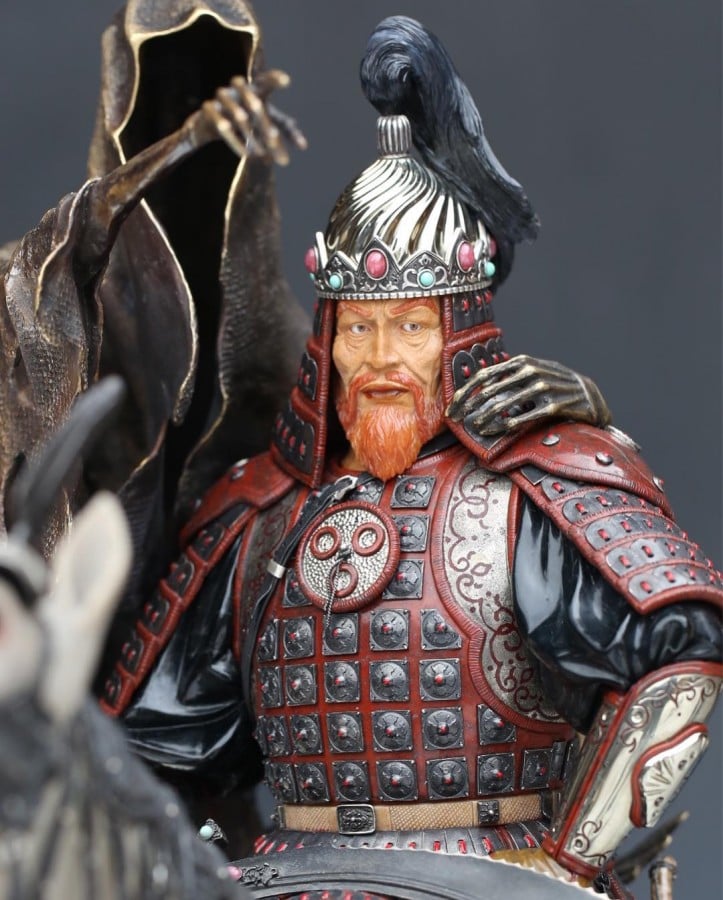
Photo: Alexei Antonov Stone-Cutting Workshop
“An artistic interpretation of any character is a great responsibility because the art of a stonecutter is eternal and our works will be sitting on museum or collectors’ shelves in 200 years’ time,” the Russian artisan said.
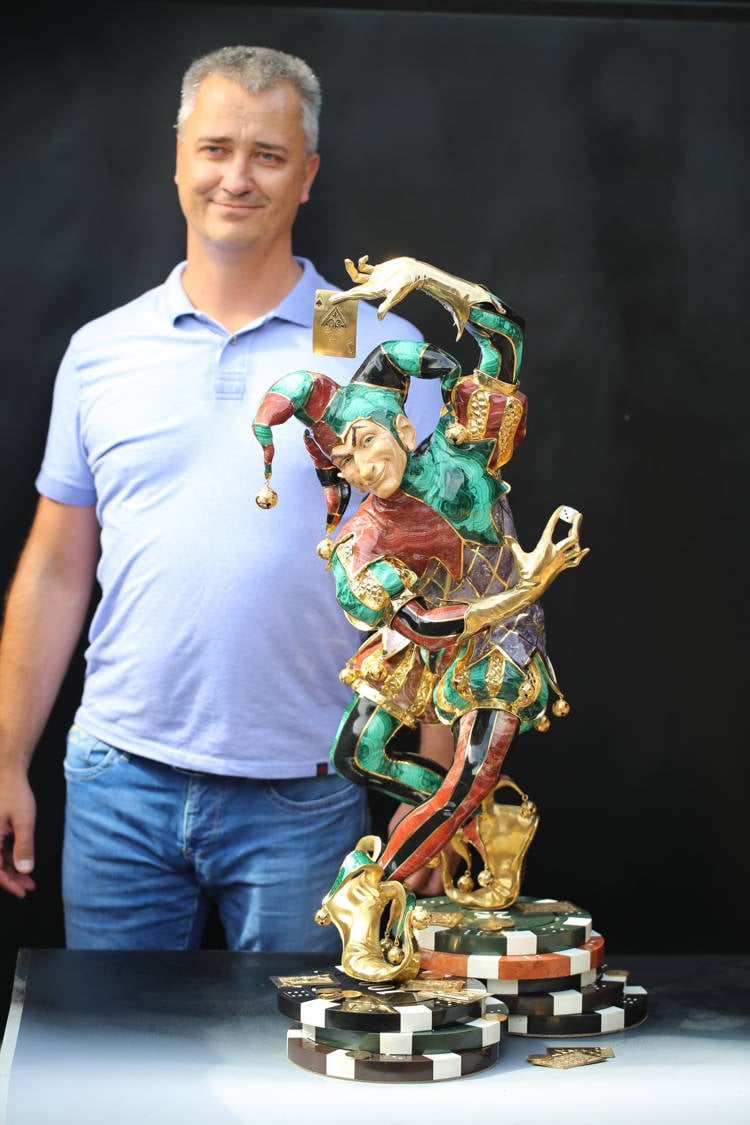
Photo: Alexei Antonov Stone-Cutting Workshop
via li-ga2104

